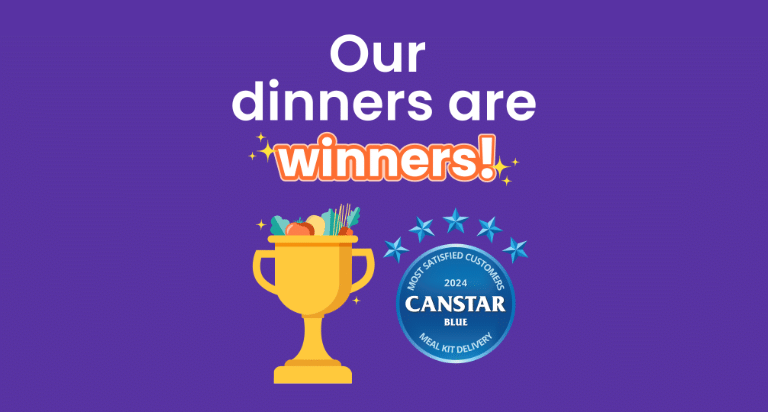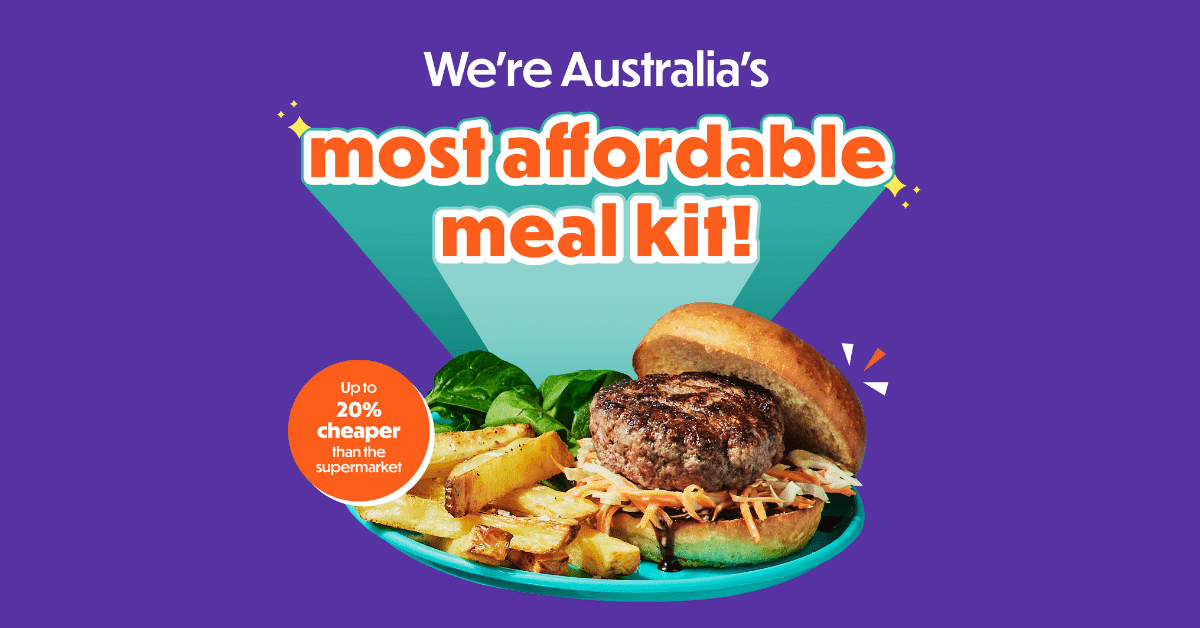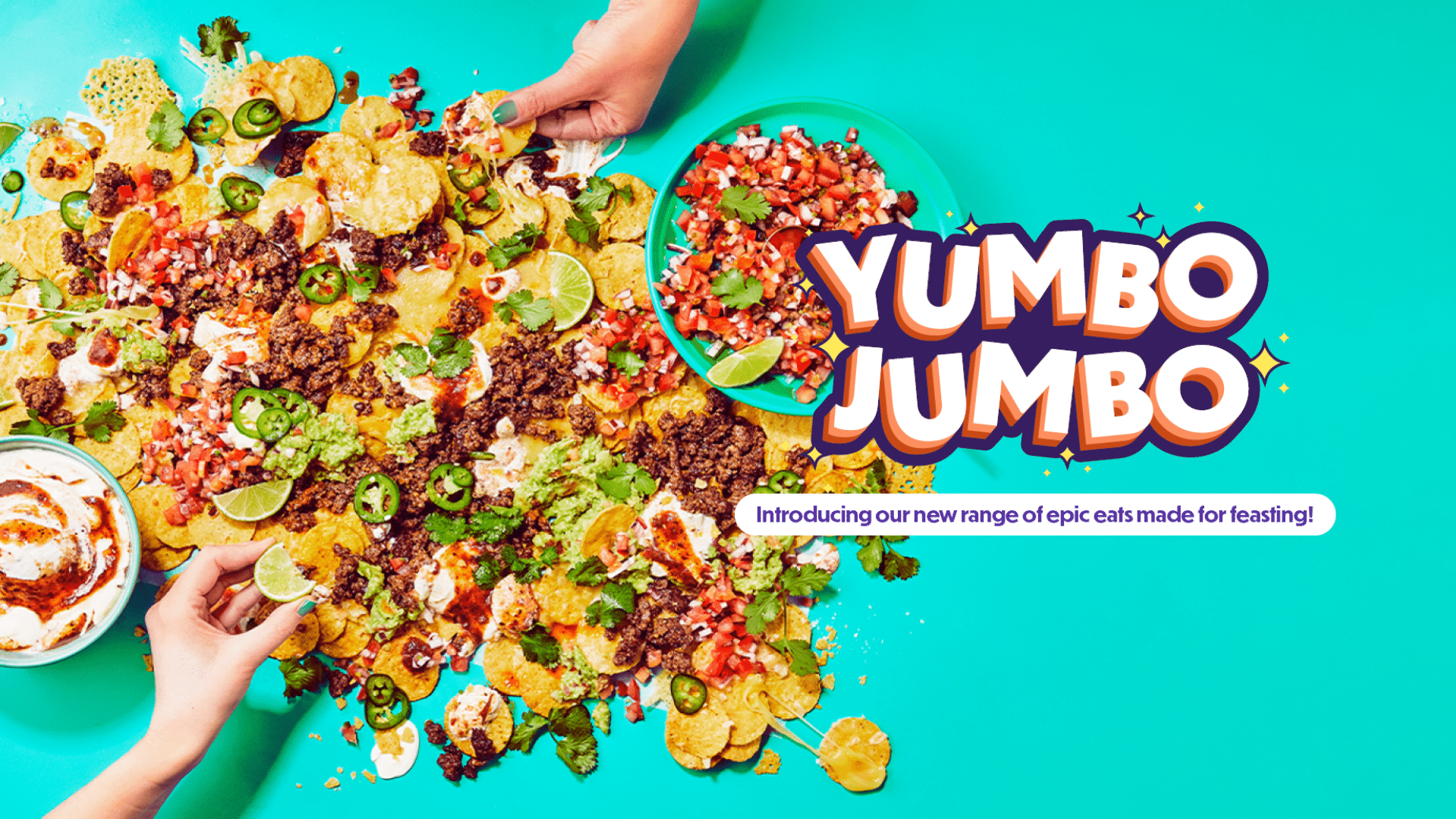Hands up if you LOVE saving money on food each week? Trimming budgets is on everyone’s mind these days, and we’re here to help! We crunched the numbers to prove that not only do we help you keep your household food budget in check, we also help you save in lots of other ways.
Compared to other meal kits^, we save 2P customers an average of 30%, and an average of $1,890.20 per year for 4P customers.
Compared to ordering a similar takeaway meal, our customers save $26.25 on a meal for two people.
Compared to shopping at the supermarket:
- Cooking with us is up to 35% cheaper
- You’ll save $3.77 on a meal for two, compared to buying the same ingredients at the shops
- You’ll waste 33% less food thanks to our pre-portioned recipes – our customers save up to 1 kilo of food from going to waste each week
- You’ll save 30 minutes or more each week by avoiding trips to the shops – forget all that supermarket stress and meal planning fuss
- You’ll save on petrol – we deliver right to your door, so there’s no need to top up your tank for shopping trips
Starting from just $5.49 per portion, we load up so much value on every plate. That’s way more bites for your bucks!
^ Meal kit comparison claims are based on (1) the average Dinnerly weekly meal plan price of 3 meals per week for 2 people when compared to the average per portion price of equivalent meal plans of other meal kits within Australia (February 2023), and (2) the average Dinnerly yearly meal plan price of 5 meals per week for 4 people when compared to the average per portion price of equivalent meal plans of other meal kits within Australia (February 2023).
Supermarket and takeaway comparison claims are based on the price of Dinnerly’s recipes for Chicken Paella, Chicken Schnitzel and Korean Beef Burgers which each serve two people, compared to the equivalent ingredients for each recipe purchased at the minimum available size at a leading supermarket, or to the equivalent takeaway meal average price each serving two people. Food waste, petrol and time savings figures are based on averages. Sources include Woolworths retail prices (June 2022), National Transport Commission (2019) and National Food Waste Baseline from the Australian Department of Environment and Energy (2019).
This information was published 2/09/2022.








